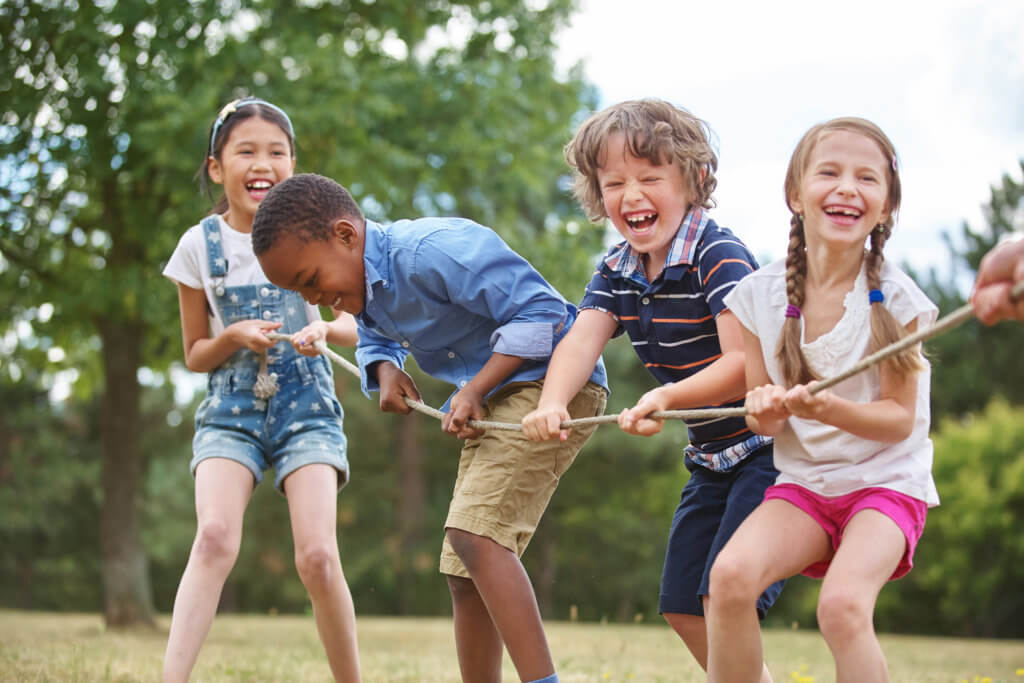Cathartic play/cathartic laughter is viewed in the play therapy world as the child’s brain hitting a new milestone of development. The child becomes flooded with positive emotions due to excelling and mastering a new skill, a new milestone, or ‘filling a gap’ within brain development. We look for cathartic play as evidence of great progress. Cathartic laughter is the ultimate happiness- when the belly laugh consumes the body leaving feelings of happiness, satisfaction and enjoyment.
Cathartic play / cathartic laughter is a moment where a child lets their body truly loose and play like a ‘typical’ kid their age. During this time you may notice their play becomes less scripted and less structured. Some children naturally pull themselves back in after cathartic play- some continue to spiral and get more and more goofy. Typically, we would allow the cathartic play to occur for a short while. Once the play becomes dangerous (due to hyperactivity), becomes stressful for the parent or child, or we know they are heading towards their limit, we stop it. To stop it we do not bring up the hyperactivity or the behavior (because it is actually developmentally positive). Rather, it is ideal to re-direct the brain into a calmer activity. For most kids, all we need to do is to change directions by recommending something different to do, even if it is not successful. Sometimes we will need to try multiple things before we find success. Examples include: show me what a starfish looks like, show me a snow angel, blow out birthday candles, pretend blow a dandelion. We are not necessarily needing them to do the activity, as long as mentioning it and letting them think about it (or avoid it) slows them down. As we find what a child is willing to do these are also going to be coping skills that they use to calm down when upset/anxious/excited etc. So overall cathartic laughter is awesome! It can just be difficult to transition out of. This is why we use a transition activity and give specific jobs. For a child, they may only need to see stickers to snap back to us, but other times they may need something more drastic like us opening the door.
So if you hear your child belly laughing while you sit in the waiting room, feel excited- your child has probably just mastered a new cognitive skill that may show changes at home. Often kids won’t even notice the change because it all occurs deep within their brain. That is how play therapy works. We use play to restructure the brain, and to create more effective synapses which allow for more positive behaviors. As a result, we get a lot of laughter- and some of it is cathartic.
Want to learn more? Click here for our page on play therapy!

